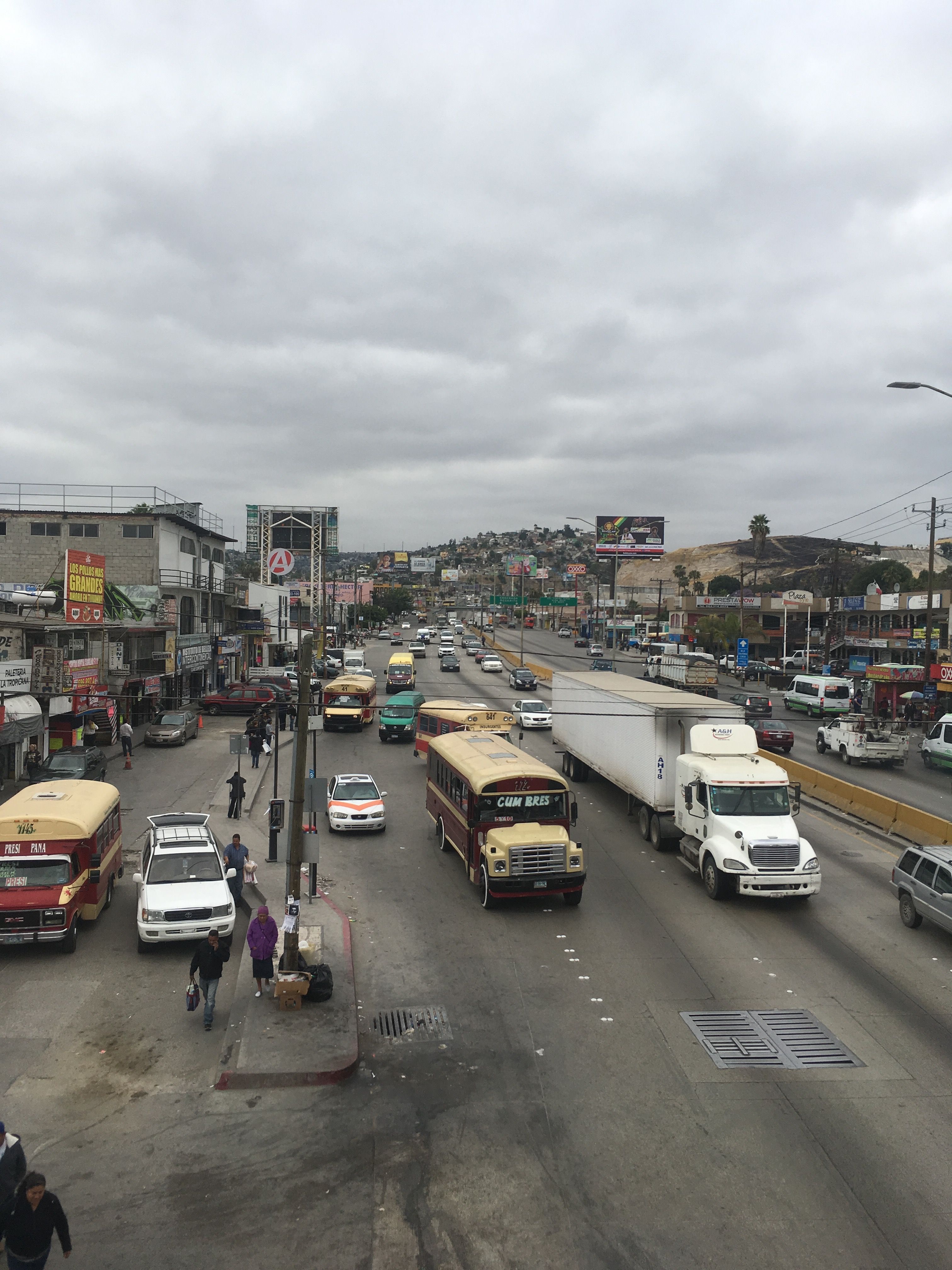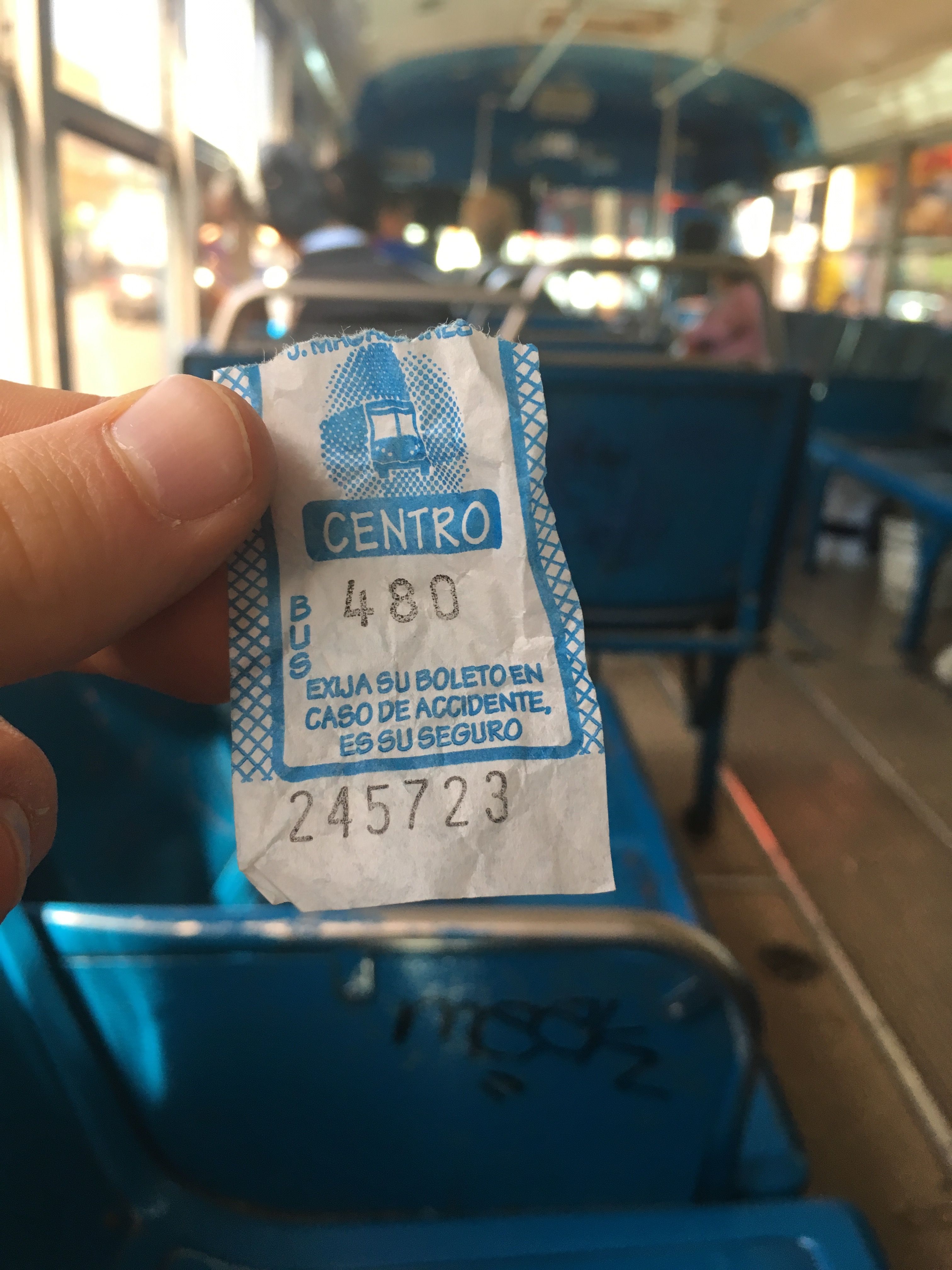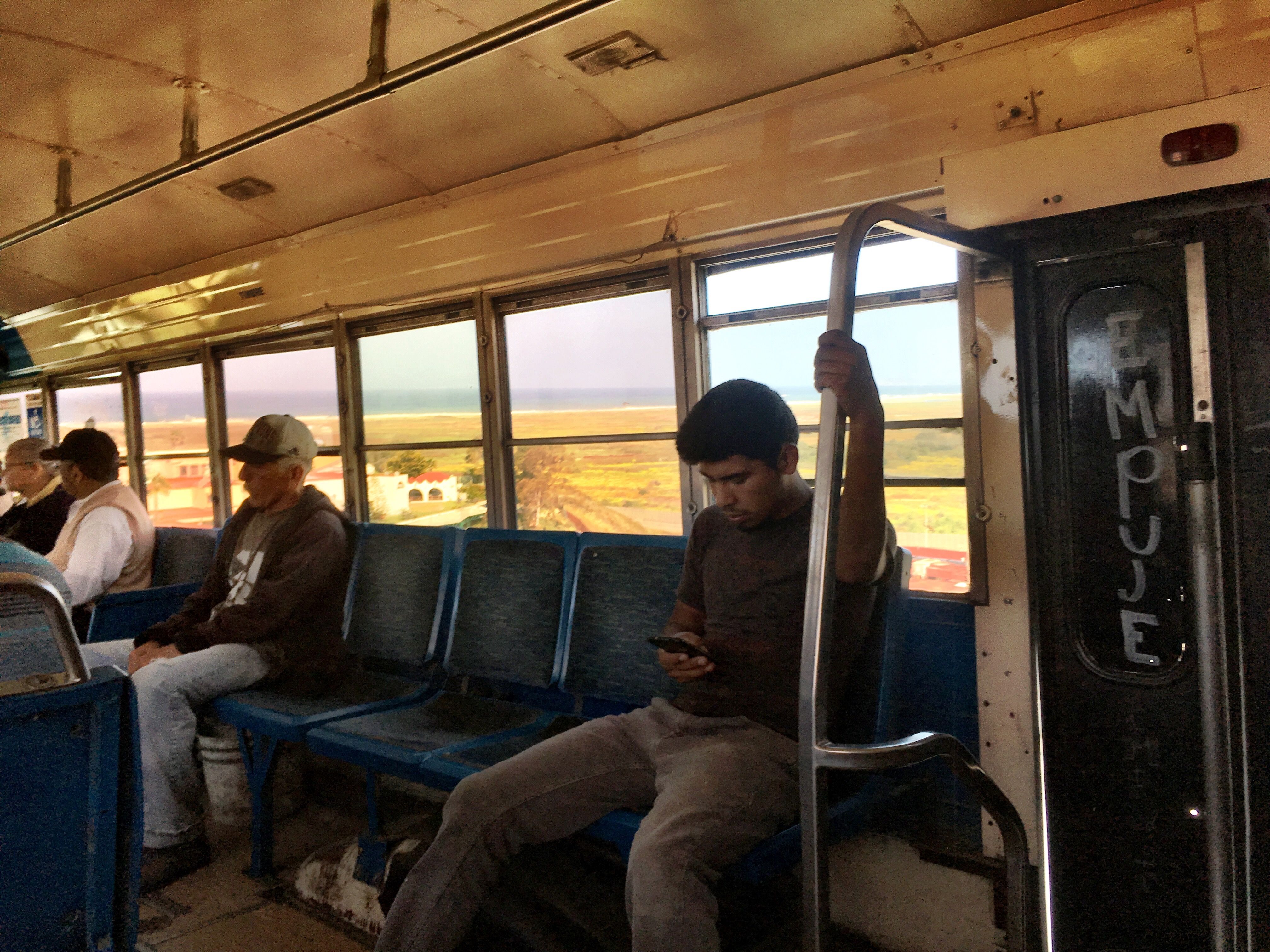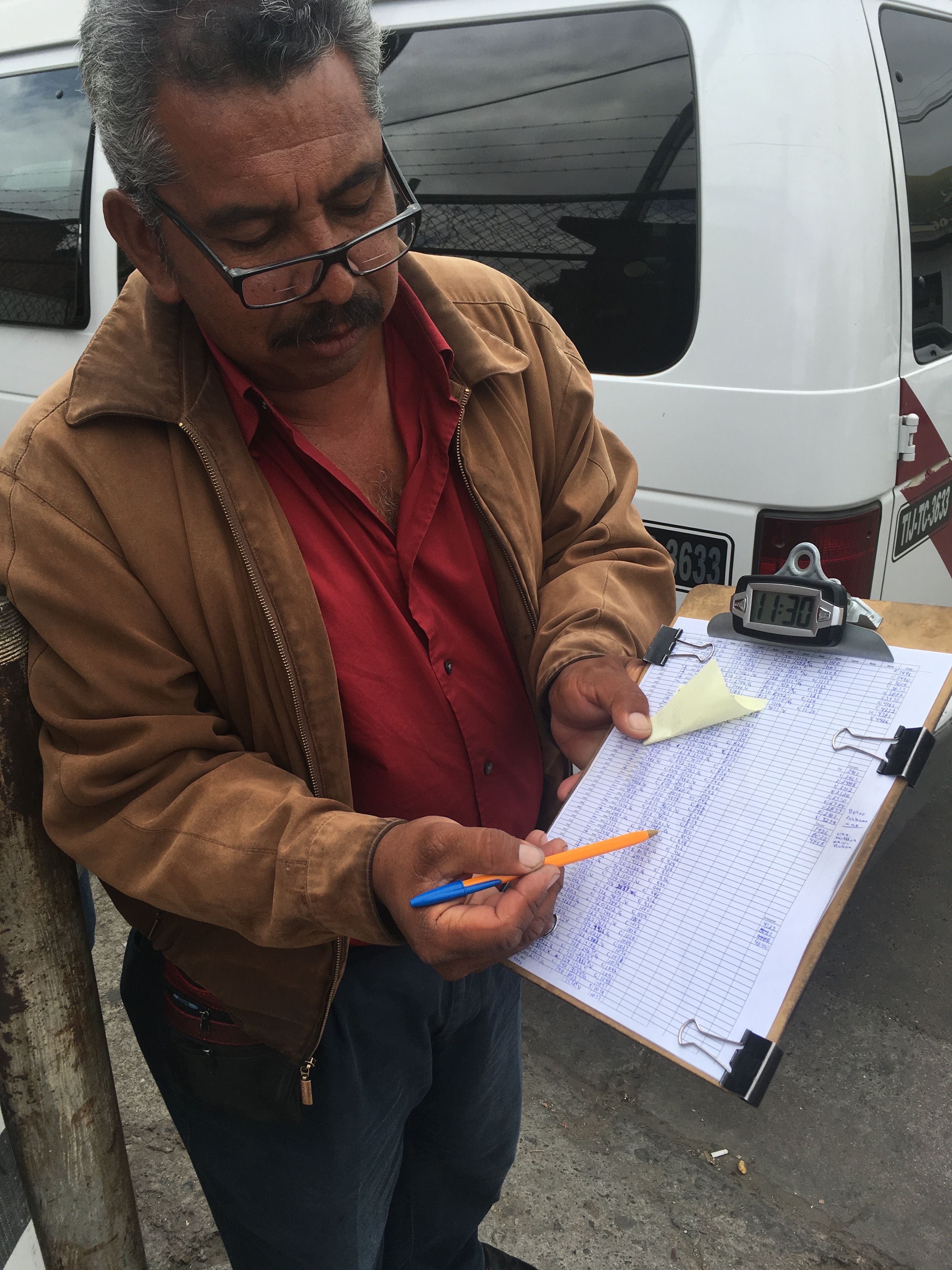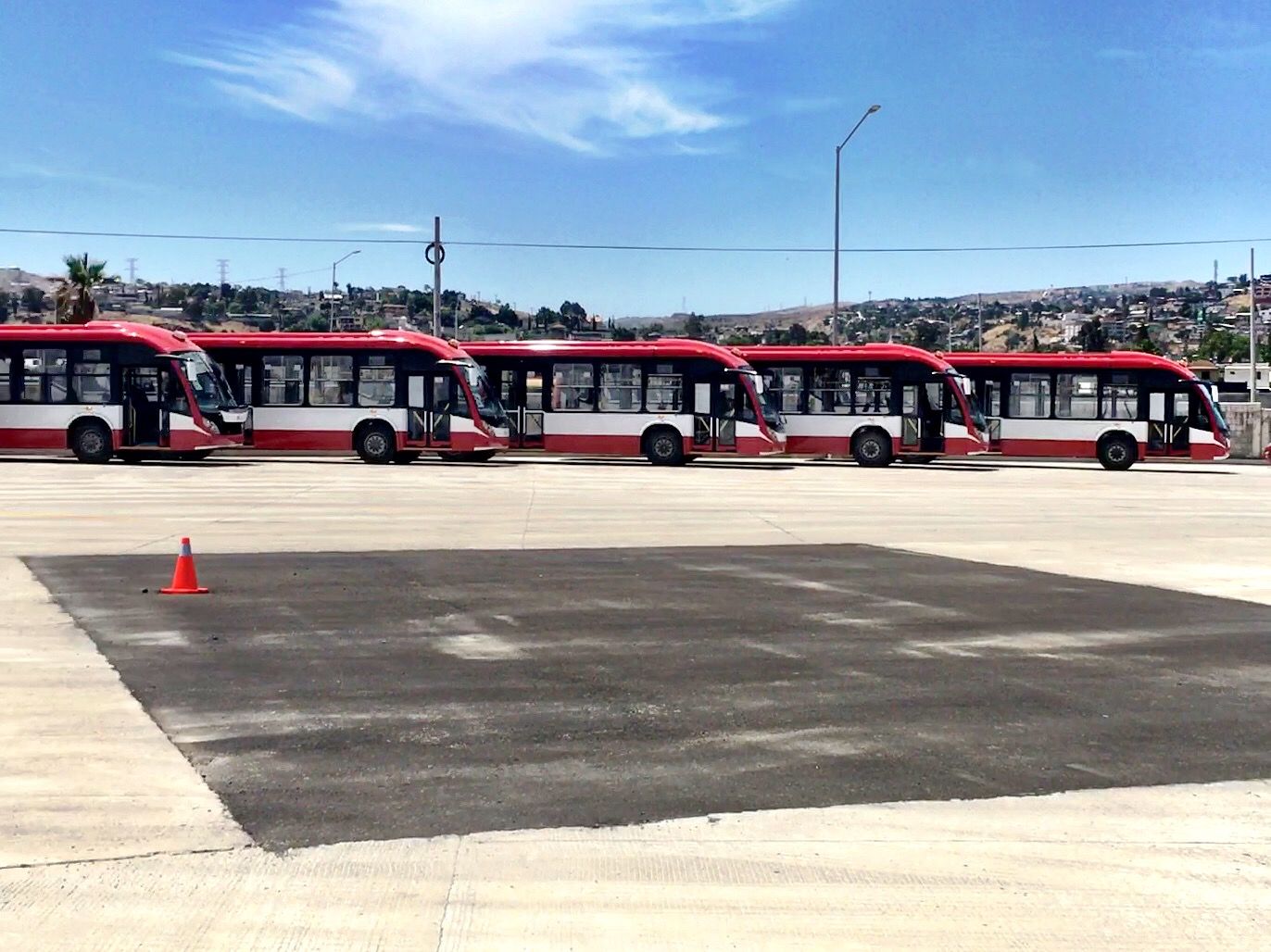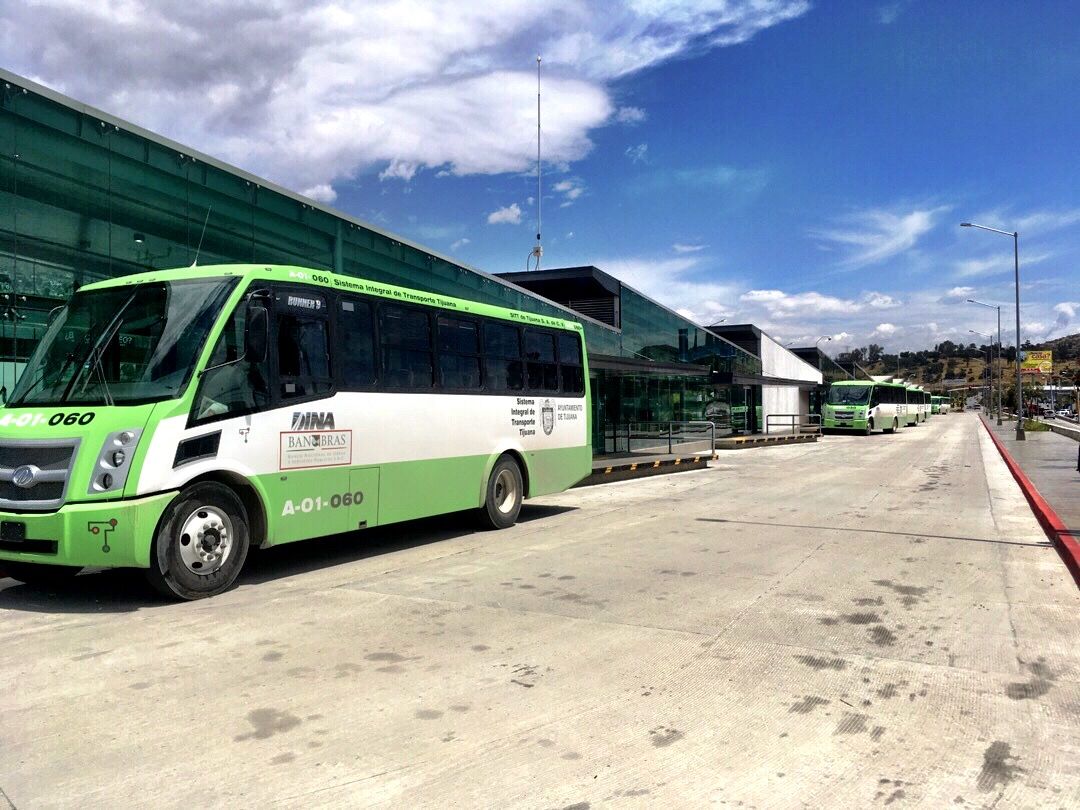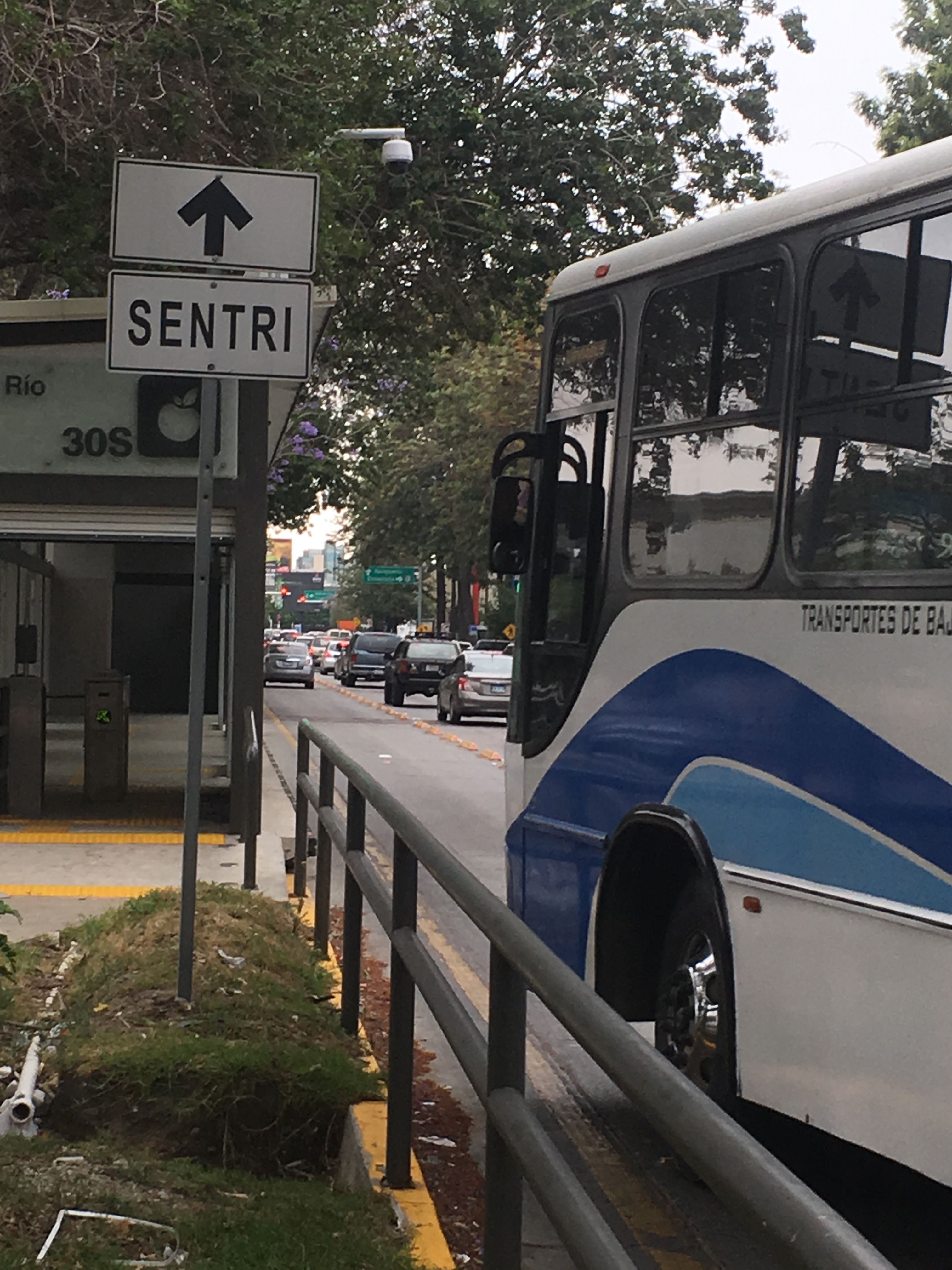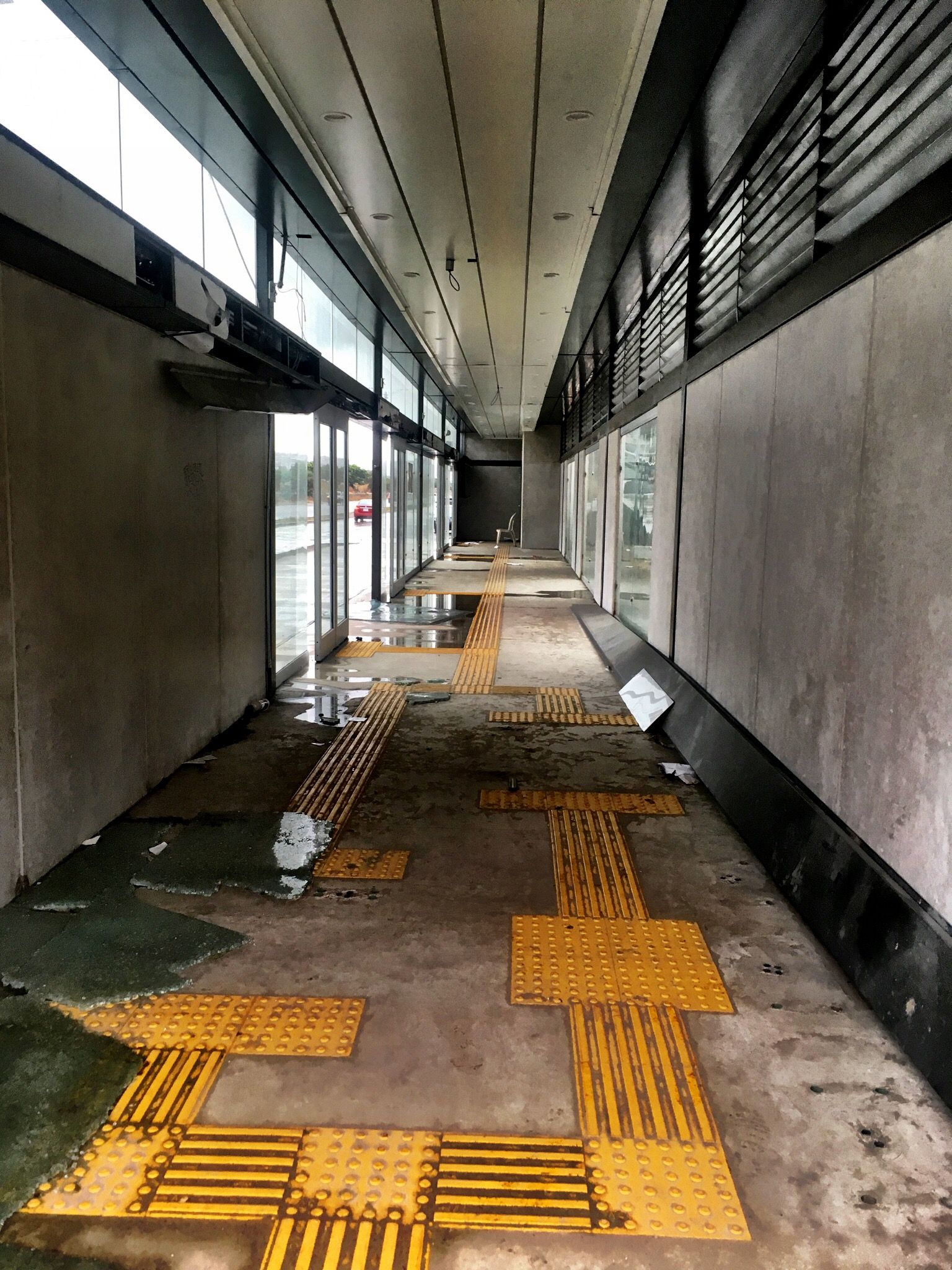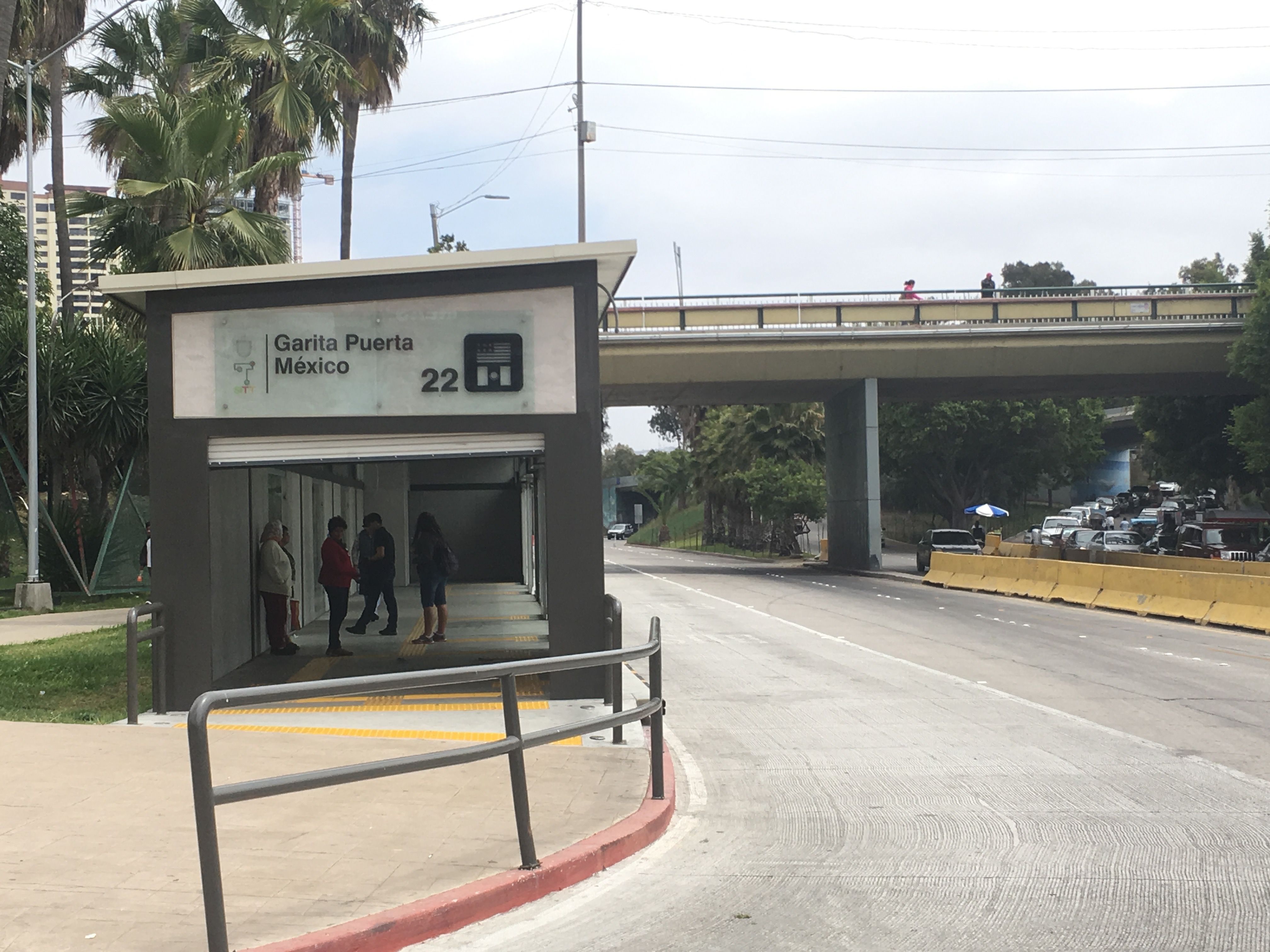Since 1960, Tijuana’s population has risen from 150,000 to over 1 million. During this growth spurt, the city jury-rigged a public transportation system, contracting bus and collective taxi routes to different firms. For years, thousands of Tijuana commuters relied on these companies on a daily basis.
Their secondhand American school buses make for a hot, bumpy, noisy ride, and their tangled routes can require multiple transfers. Drivers, meanwhile, have to work long hours and must often pay vehicle rent and maintenance costs out of their earnings.
To make things better, the city and some transportistas are investing millions in Bus Rapid Transit (BRT), which involves high-speed buses running along reserved lanes, only stopping at tram-like stations. Tijuana’s new “ruta troncal,” or “trunk route,” looks and feels like a vast improvement over the older lines. But it’s drawing opposition and skepticism from transportistas who aren’t involved, and many locals are reluctant to climb aboard. These photos show the contrast between the old and new transit systems—and the challenges of upgrading to the latter.
